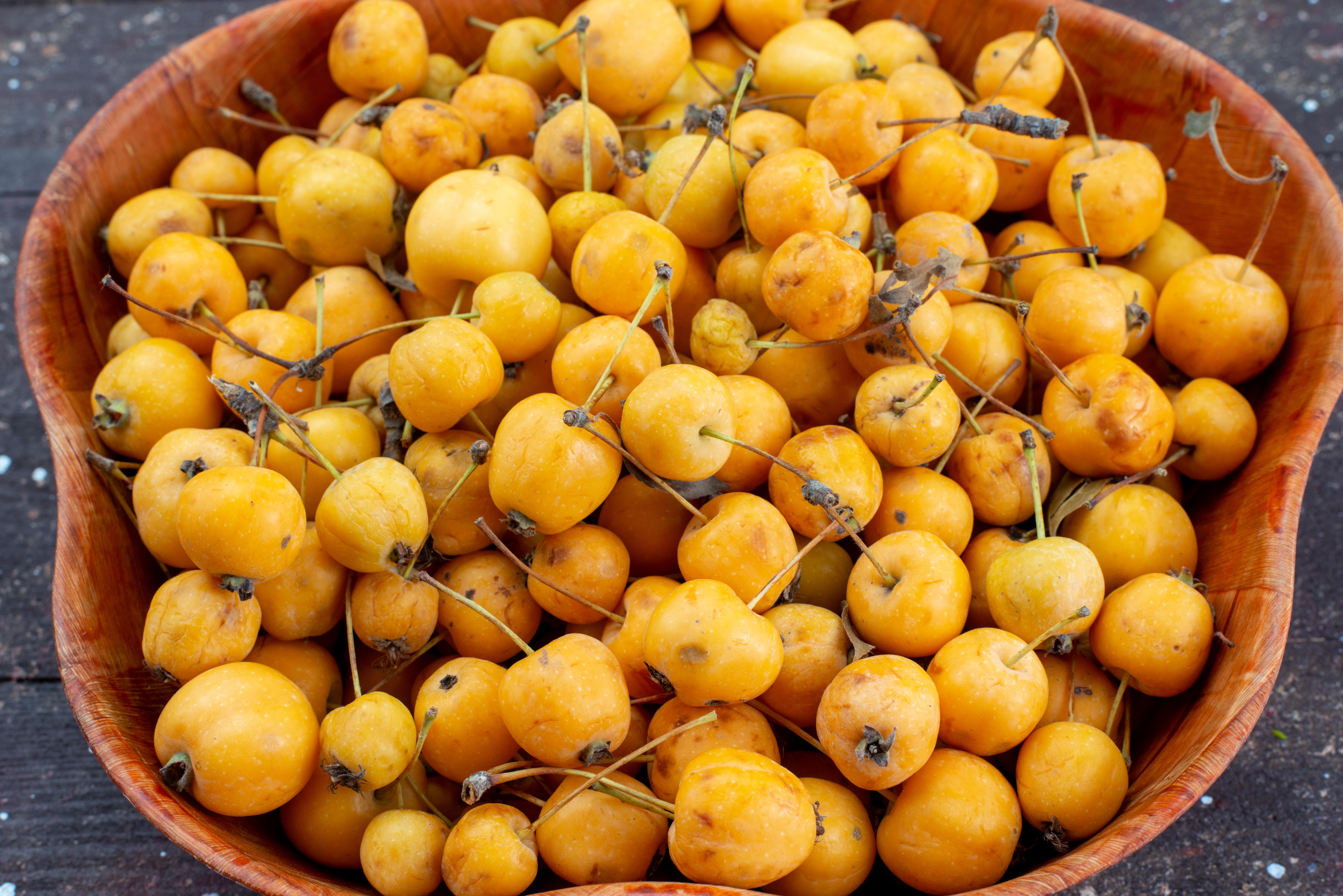
From the familiar Navel orange to the Exotic Noni, this alphabetical corner of the fruit kingdom is remarkable for its diversity.
While many of these fruits remain unknown outside their native regions, collectively, they represent culinary traditions and medicinal practices spanning six continents.
The humble Navel Orange might grace your breakfast table regularly, but have you ever tasted a Naranjilla, with its pineapple-lime flavor, or the cheese-scented nam nam berry?
Each fruit carries its own story of cultural significance, nutritional benefits, and botanical wonder.
This alphabetical expedition through nature’s N treasures – some waiting to be found in markets near you.
The World of N-Fruits: A Concise Guide
1. Naartjie
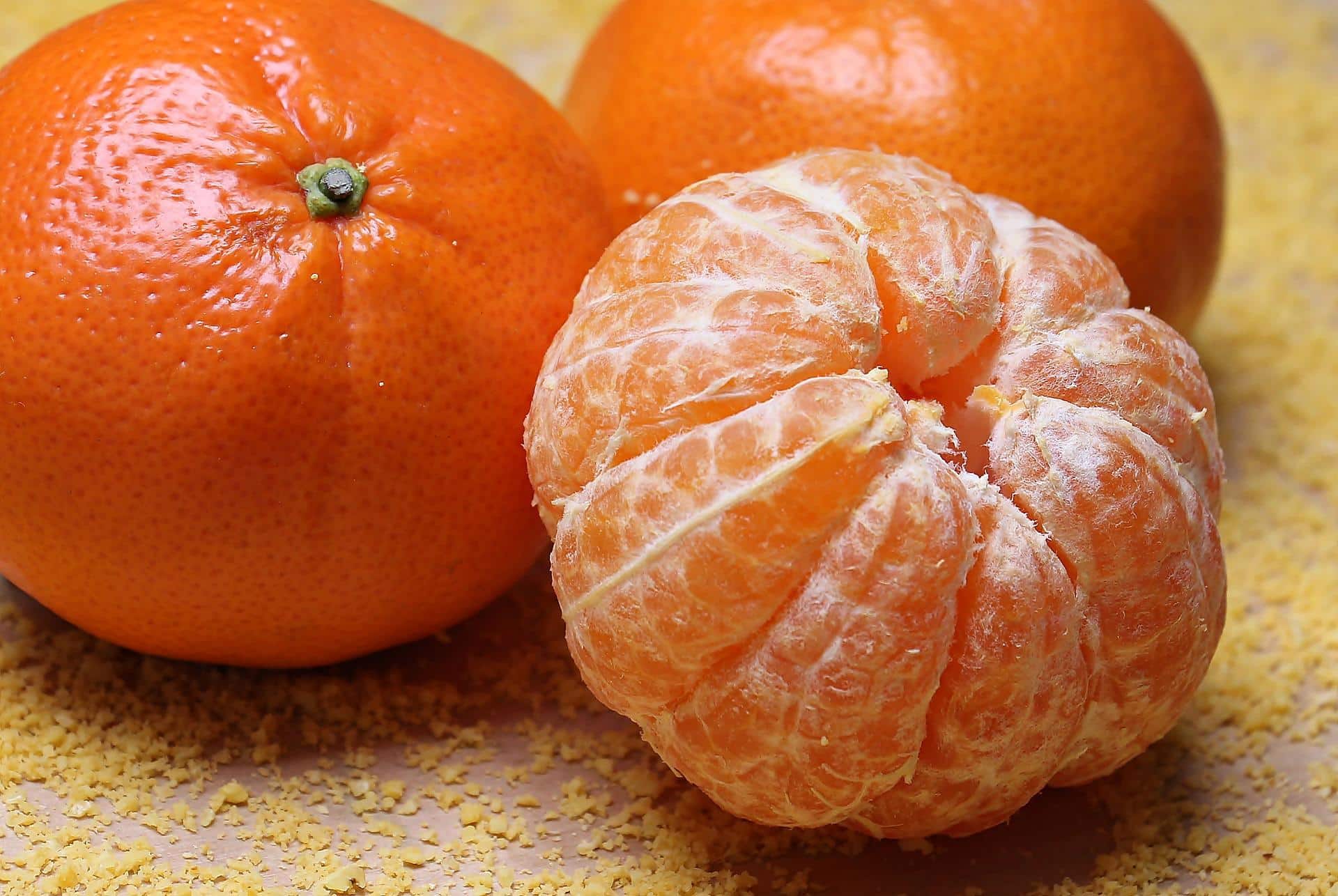
A small, sweet citrus fruit with loose, easy-to-peel skin and juicy segments popular in South Africa. Similar to mandarins but with unique aromatic qualities and a distinctive flavor.
Origin: Native to China, widely cultivated in South Africa since the 1800s.
Health Benefits: Rich in vitamin C, antioxidants, and dietary fiber. Supports immune function.
Fun Fact: The name comes from the Tamil word “nartei,” meaning citrus.
2. Nagami Kumquat
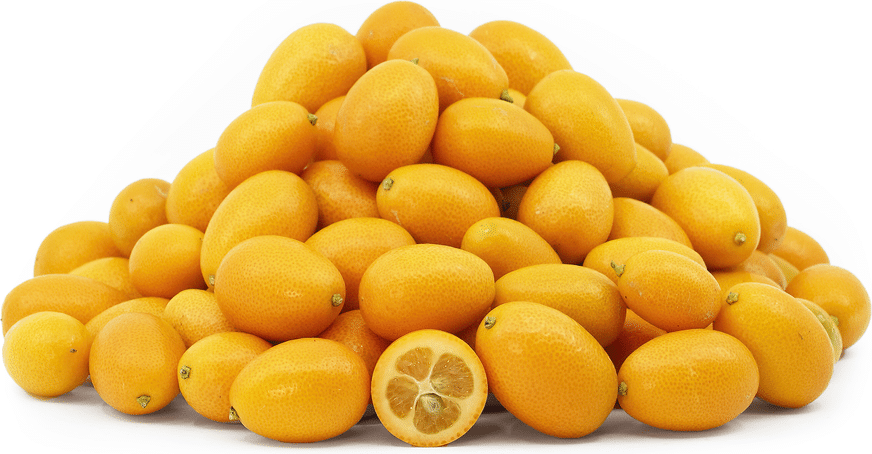
Tiny oval citrus fruits are eaten whole, with edible sweet skin and tart flesh. They are bright orange and thumb-sized, and they are often used in preserves and garnishes.
Origin: Native to China, introduced to Europe in the mid-19th century.
Health Benefits: High in vitamin C, fiber, and antioxidants. Contains essential oils in skin.
Fun Fact: “Kumquat” means “golden orange” in Cantonese.
3. Nageia
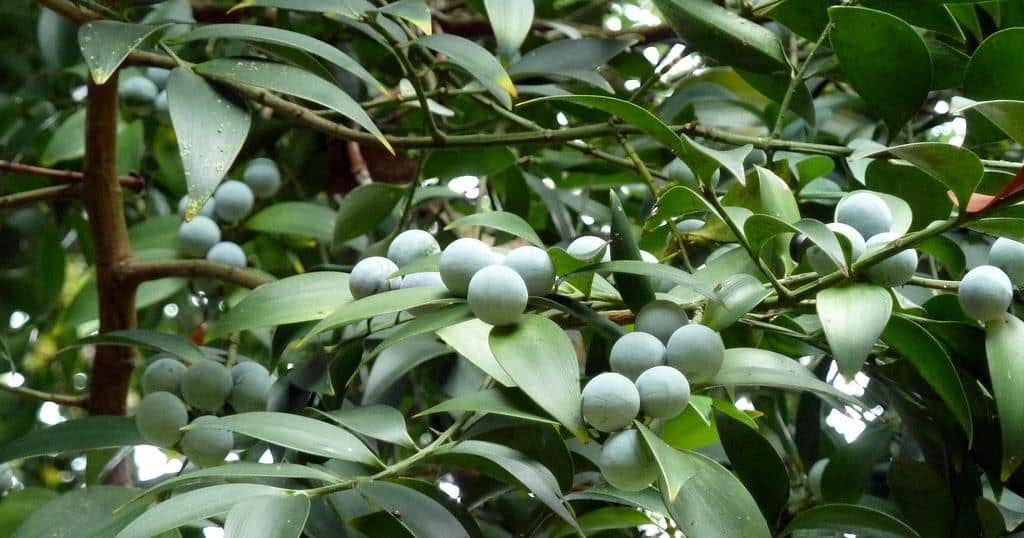
Glossy, plum-like fruits growing on an ancient conifer species. Dark purple when ripe with a single large seed surrounded by sweet flesh.
Origin: Native to eastern Asia, particularly Japan and China.
Health Benefits: Contains antioxidants and various micronutrients. Seeds used in traditional medicine.
Fun Fact: The tree is a living fossil, virtually unchanged for millions of years.
4. Nam Dok Mai
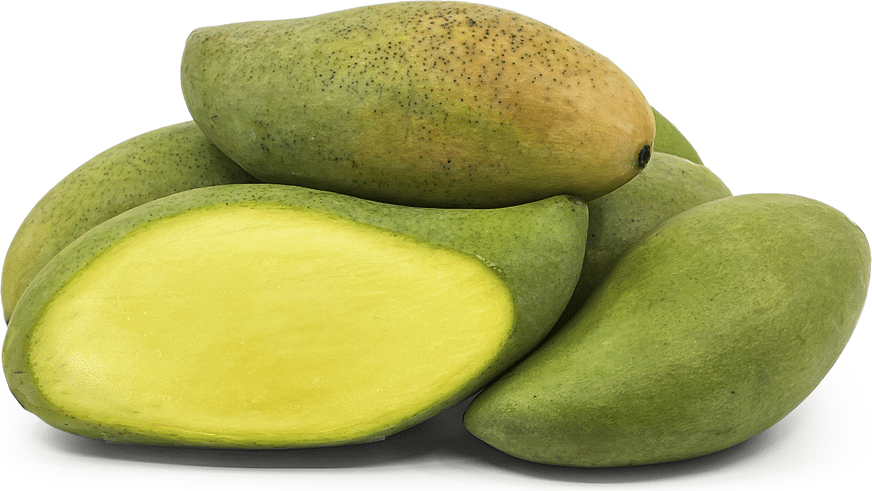
Premium Thai mango variety with golden-yellow skin, sweet, aromatic flesh, and minimal fiber. Considered one of Thailand’s finest dessert mangoes.
Origin: Developed and cultivated primarily in Thailand.
Health Benefits: Rich in vitamins A and C, potassium, and antioxidants.
Fun Fact: “Nam Dok Mai” means “flower nectar” in Thai.
5. Nance
Small yellow fruits with a distinctive cheese-like aroma and sweet-tart flavor are popular in Central America for juices, preserves, and alcoholic beverages.
Origin: Native to tropical America from Mexico to northern South America.
Health Benefits: Contains vitamin C, iron, and antioxidants. Used in traditional remedies.
Fun Fact: Also called “craboo” or “golden spoon” in different regions.
6. Naranjilla
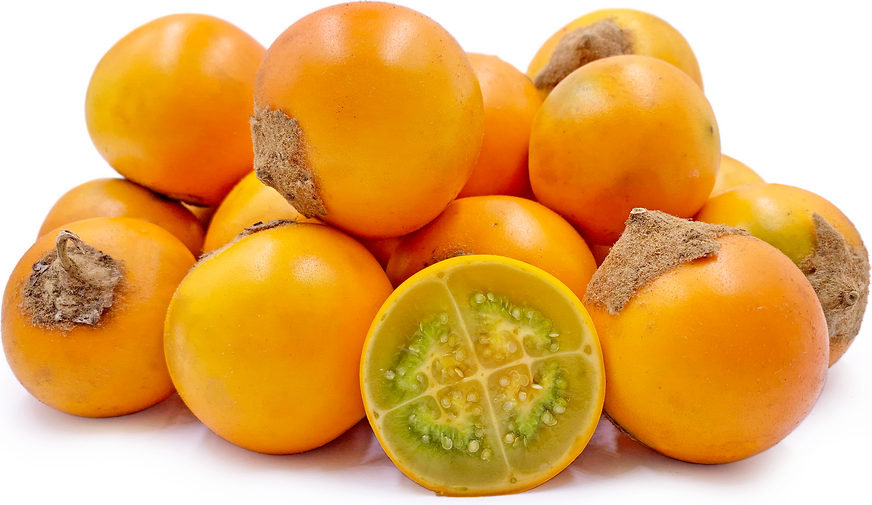
A green-orange fruit with a fuzzy exterior and citrusy green interior, it resembles lime jelly and has tiny edible seeds. It is used in beverages and desserts.
Origin: Native to Ecuador, Colombia, and Peru in northwestern South America.
Health Benefits: High in vitamin C, iron, and antioxidants. Contains unique flavonoids.
Fun Fact: The Name means “little orange,” though it’s related to tomatoes.
7. Nashi Pear
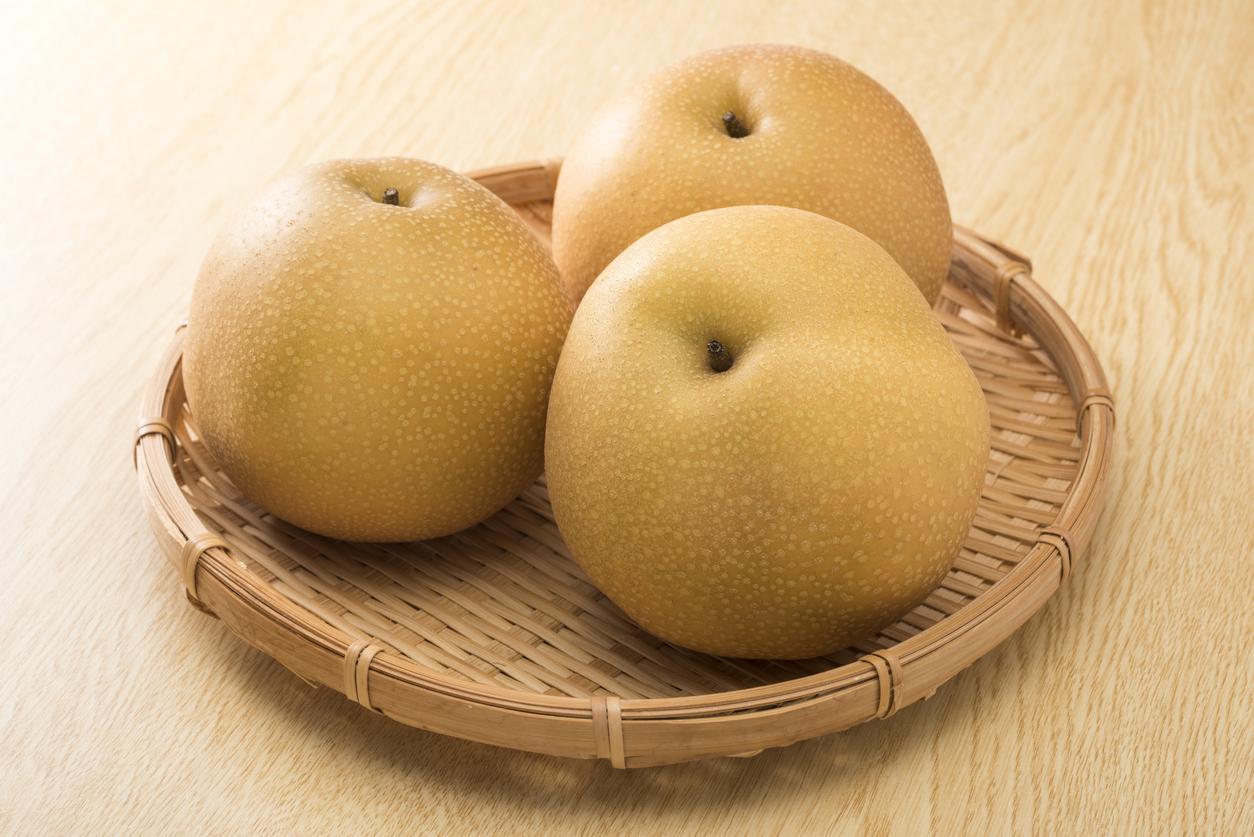
Apple-shaped Asian pear with crisp, juicy texture and refreshing sweetness. Brown or yellow skin with white flesh that doesn’t soften when ripe.
Origin: Cultivated for thousands of years in China, Japan, and Korea.
Health Benefits: Good source of fiber, vitamin K, copper, and antioxidants.
Fun Fact: It maintains crispness for weeks after harvest, unlike European pears.
8. Natal Plum
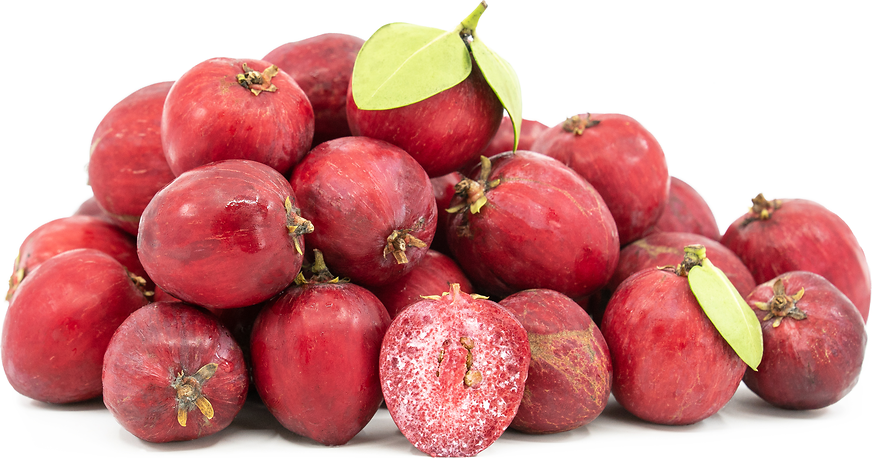
Small red fruits with leathery skin, milky latex, and sweet-tart flavor resembling cranberries. Grows on ornamental shrubs with fragrant flowers.
Origin: Native to coastal areas of South Africa.
Health Benefits: Contains vitamin C and antioxidants. Used in traditional medicine.
Fun Fact: The Plant produces beautiful star-shaped white flowers and fruit simultaneously.
9. Navel Orange

Sweet, seedless citrus with characteristic “navel” formation on blossom end. Easy-to-peel with bright orange flesh divided into segments.
Origin: Discovered as a natural mutation in Brazil in the early 1800s.
Health Benefits: Excellent source of vitamin C, fiber, folate, and potassium.
Fun Fact: All navel oranges are clones from a single mutated tree.
10. Nectacot
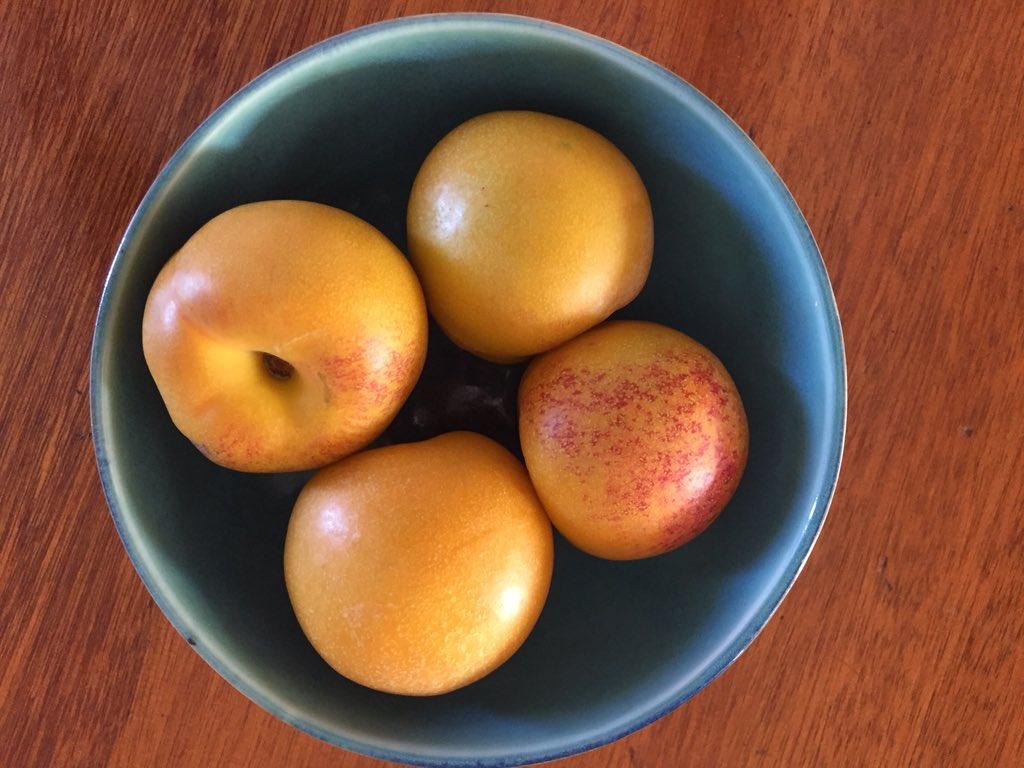
Hybrid fruit combining nectarine and apricot characteristics. Smooth-skinned like nectarines, with rich apricot flavor and juicy golden flesh.
Origin: Developed through controlled breeding programs in California.
Health Benefits: Rich in vitamins A and C, potassium, and dietary fiber.
Fun Fact: Part of the “interspecific” stone fruit breeding revolution started in the 1980s.
11. Nectarine
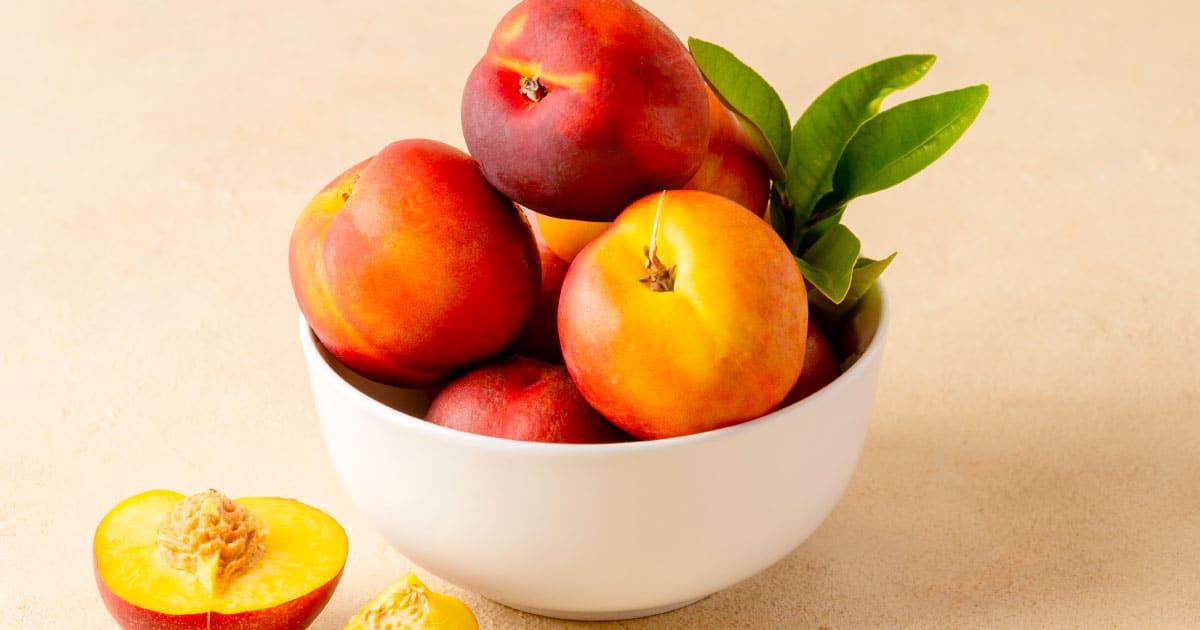
Smooth-skinned peach variety without fuzz, featuring sweet-tart flavor and juicy flesh that can be white or yellow, depending on the array.
Origin: Genetic mutation of peaches, cultivated for over 2,000 years.
Health Benefits: High in vitamins A, C, potassium, and antioxidants.
Fun Fact: It’s not a hybrid—caused by a recessive gene in peaches.
12. Neem

Bitter olive-like fruits from medicinal tree used primarily for oil extraction. Green to yellow when ripe, with bitter pulp surrounding a single seed.
Origin: Native to the Indian subcontinent, grown throughout tropics.
Health Benefits: Contains powerful compounds used in traditional Ayurvedic medicine.
Fun Fact: Every part of the neem tree has medicinal applications.
13. Nepali Hog Plum
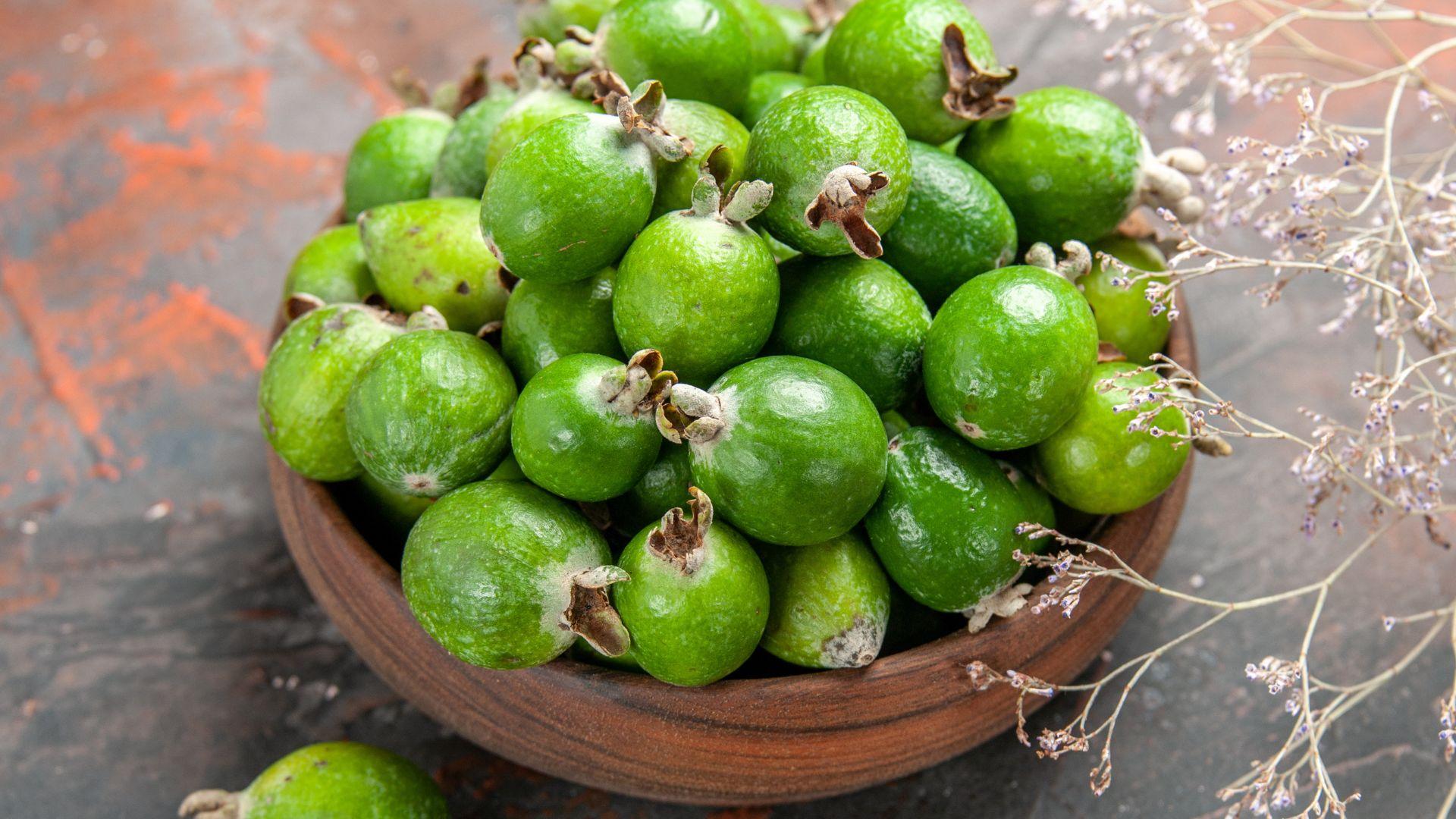
Aromatic, mango-like fruit with fibrous yellow flesh and tart flavor. Used in pickles, chutneys, and curries throughout Nepal and northern India.
Origin: Native to the Himalayan foothills in Nepal and northern India.
Health Benefits: Rich in vitamin C, minerals, and antioxidants. Used in folk remedies.
Fun Fact: Trees can reach 100 feet tall in their native habitat.
14. Nere Fruit
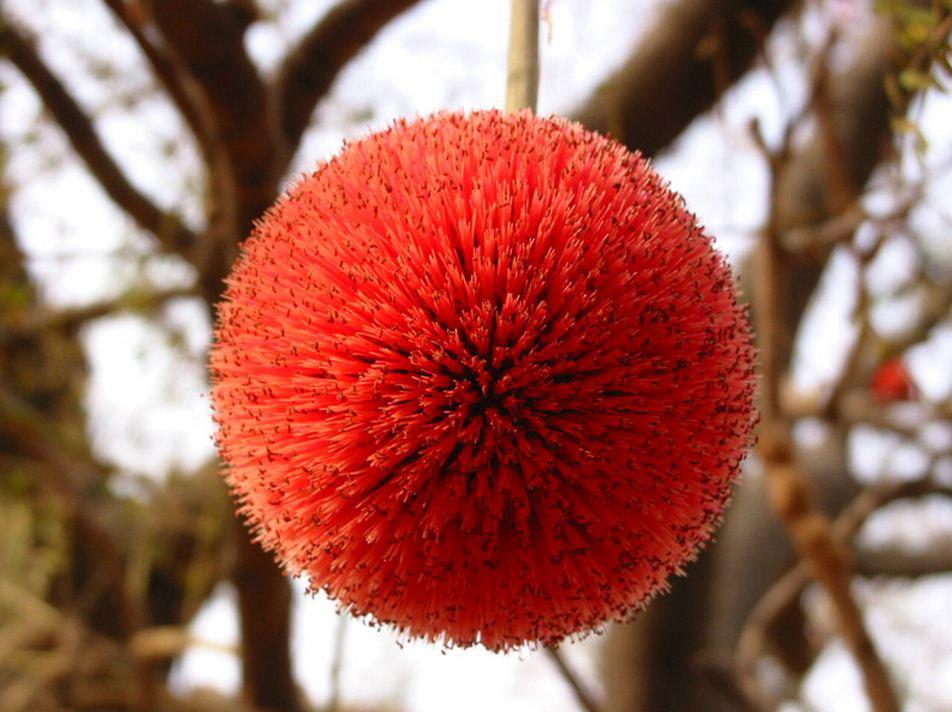
Long pods containing black seeds surrounded by yellow powdery pulp. Staple food in parts of Africa with nutty, sweet-sour taste.
Origin: Native to African savanna regions, particularly West Africa.
Health Benefits: Exceptionally high protein content, rich in essential amino acids.
Fun Fact: Pulp contains more vitamin C than oranges.
15. Newton Pippin Apple
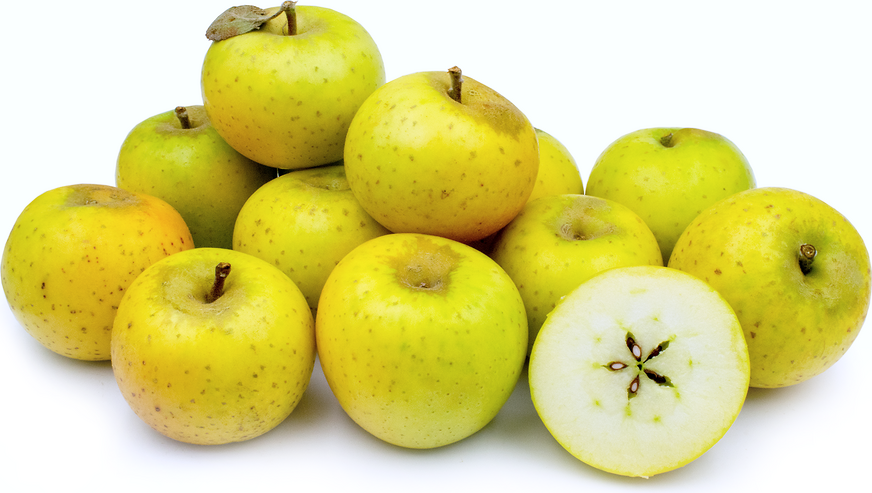
Heritage American apple variety with green-yellow skin, firm flesh, and complex sweet-tart flavor that improves with storage.
Origin: It originated in Queens, New York, in the early 1700s.
Health Benefits: Good source of fiber, vitamin C, and various antioxidants.
Fun Fact: Was Benjamin Franklin’s favorite apple; he introduced it to Europe.
16. Nocera Grape
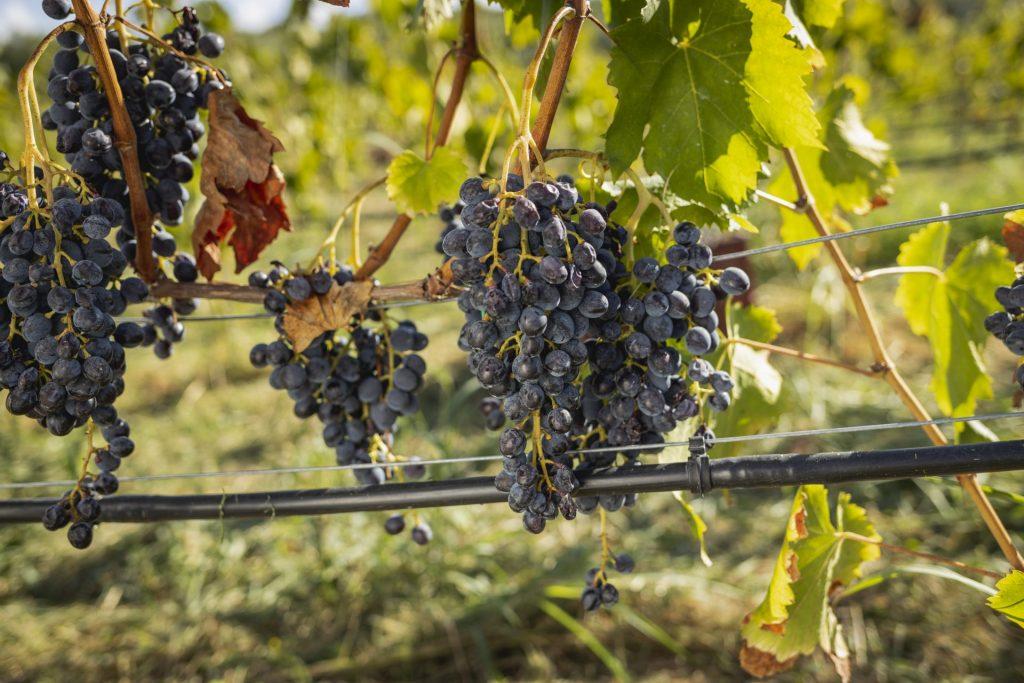
Ancient Italian wine grape with small, deep purple berries and sweet juice. Used primarily for winemaking rather than table consumption.
Origin: Cultivated in Sicily, Italy for centuries.
Health Benefits: Contains resveratrol and various polyphenols beneficial for heart health.
Fun Fact: It is one of Sicily’s oldest native grape varieties.
17. Noni
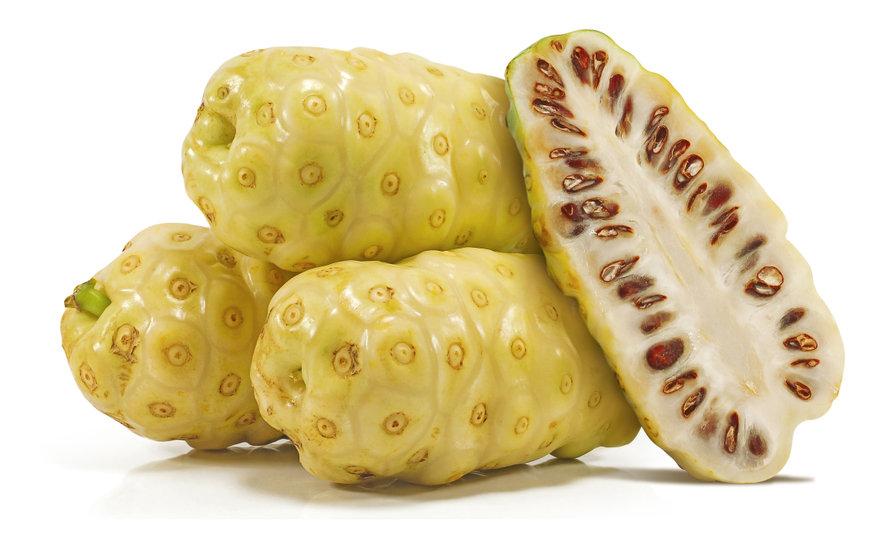
Lumpy, potato-like tropical fruit with a pungent smell and bitter taste when ripe. Primarily used for medicinal purposes rather than direct consumption.
Origin: Native to Southeast Asia and Australia, spread throughout Pacific islands.
Health Benefits: Contains unique compounds studied for various health applications.
Fun Fact: Called “cheese fruit” due to its distinctive aroma.
18. Nopal Fruit
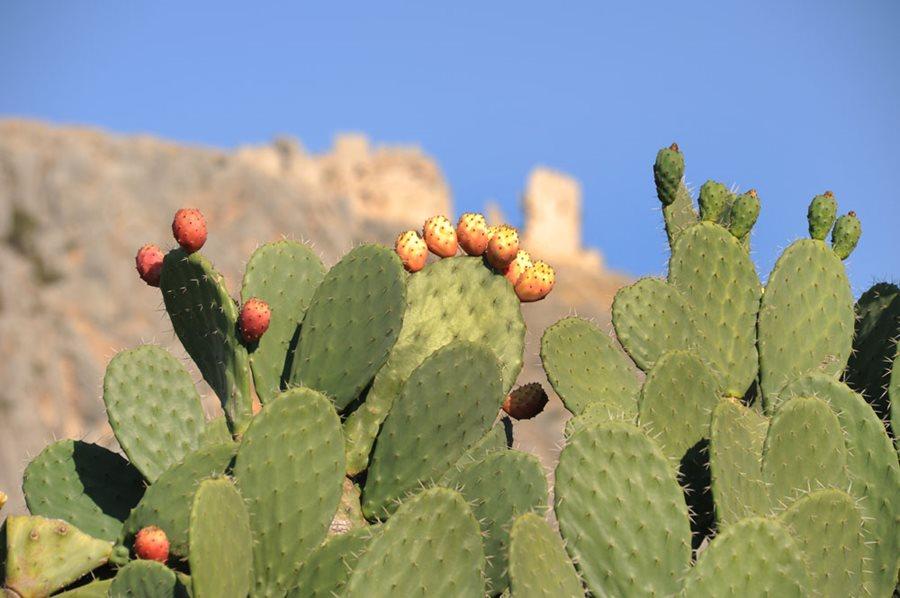
Vibrant pink-purple fruits (prickly pears) grow on cactus pads. Sweet, seedy interior with a flavor resembling watermelon and bubble gum.
Origin: Native to Mexico, spread throughout the Americas and the Mediterranean.
Health Benefits: Rich in antioxidants, vitamin C, and calcium. Contains unique betalains.
Fun Fact: Mexico’s national symbol appears on its flag.
19. Northern Spy Apple
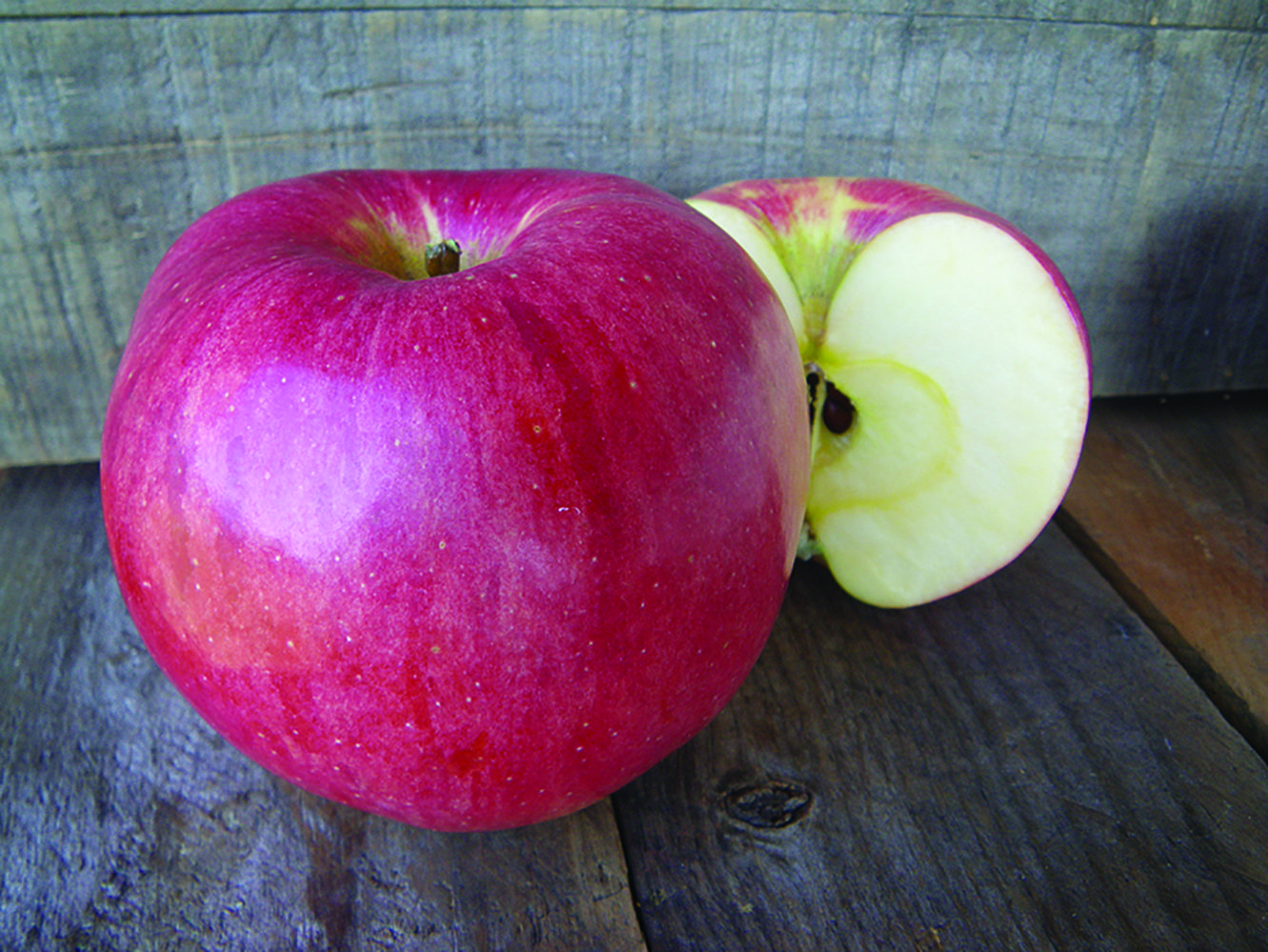
A large, striped red-green heritage apple with crisp, juicy flesh and a balanced sweet-tart flavor, it is excellent for baking and cider.
Origin: Discovered in New York state around 1800.
Health Benefits: Contains quercetin, fiber, and vitamin C. Supports digestive health.
Fun Fact: Trees take up to 15 years to bear fruit.
20. Nungu
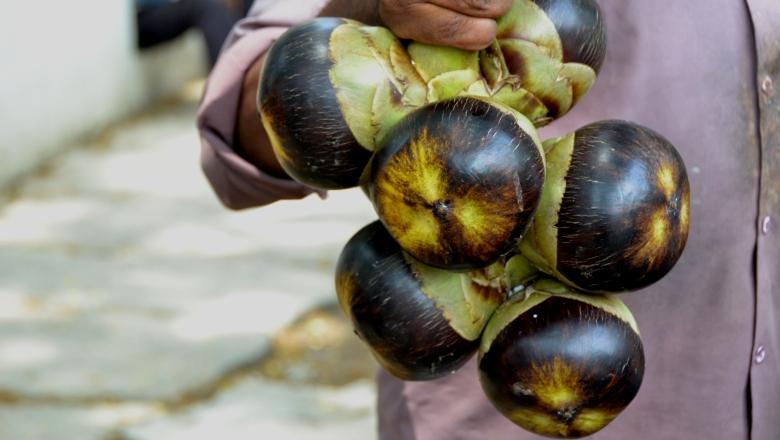
Translucent white jelly-like fruit from palm trees, served chilled as refreshing summer delicacy in southern India. Has cooling properties.
Origin: Native to South India, particularly the Tamil Nadu region.
Health Benefits: Rich in minerals and cooling properties. Traditional remedy for heat-related issues.
Fun Fact: Each fruit contains sweet water sealed inside like a natural juice box.
21. Nutmeg
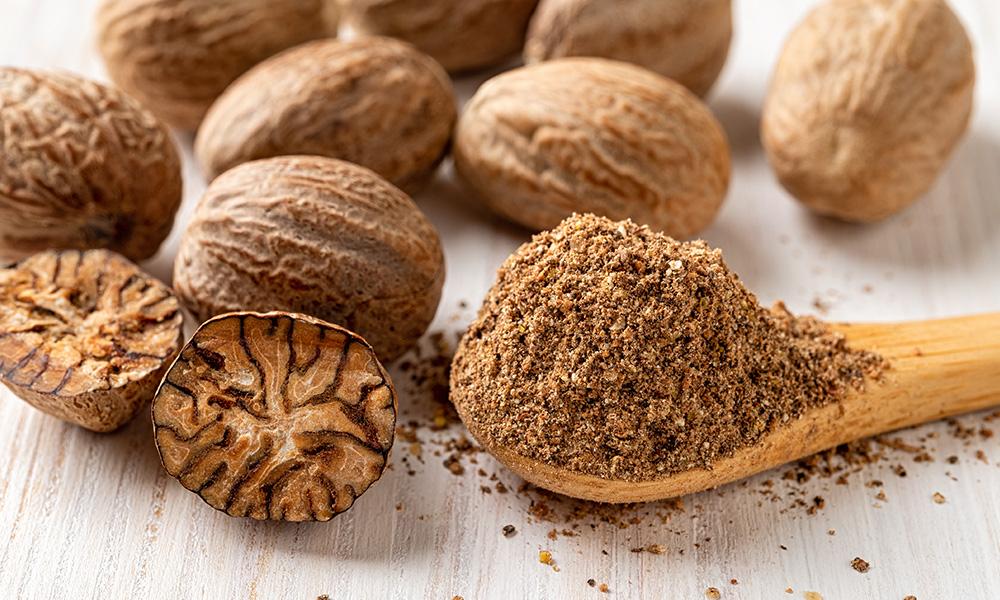
An aromatic seed kernel enclosed in a bright red aril (mace). Used as a spice in both sweet and savory dishes with a warm, slightly sweet flavor.
Origin: Native to Banda Islands in Indonesia, historically called Spice Islands.
Health Benefits: Contains myristicin and essential oils with digestive benefits when used in moderation.
Fun Fact: One tree produces two distinct spices: nutmeg and mace.
22. Nuts
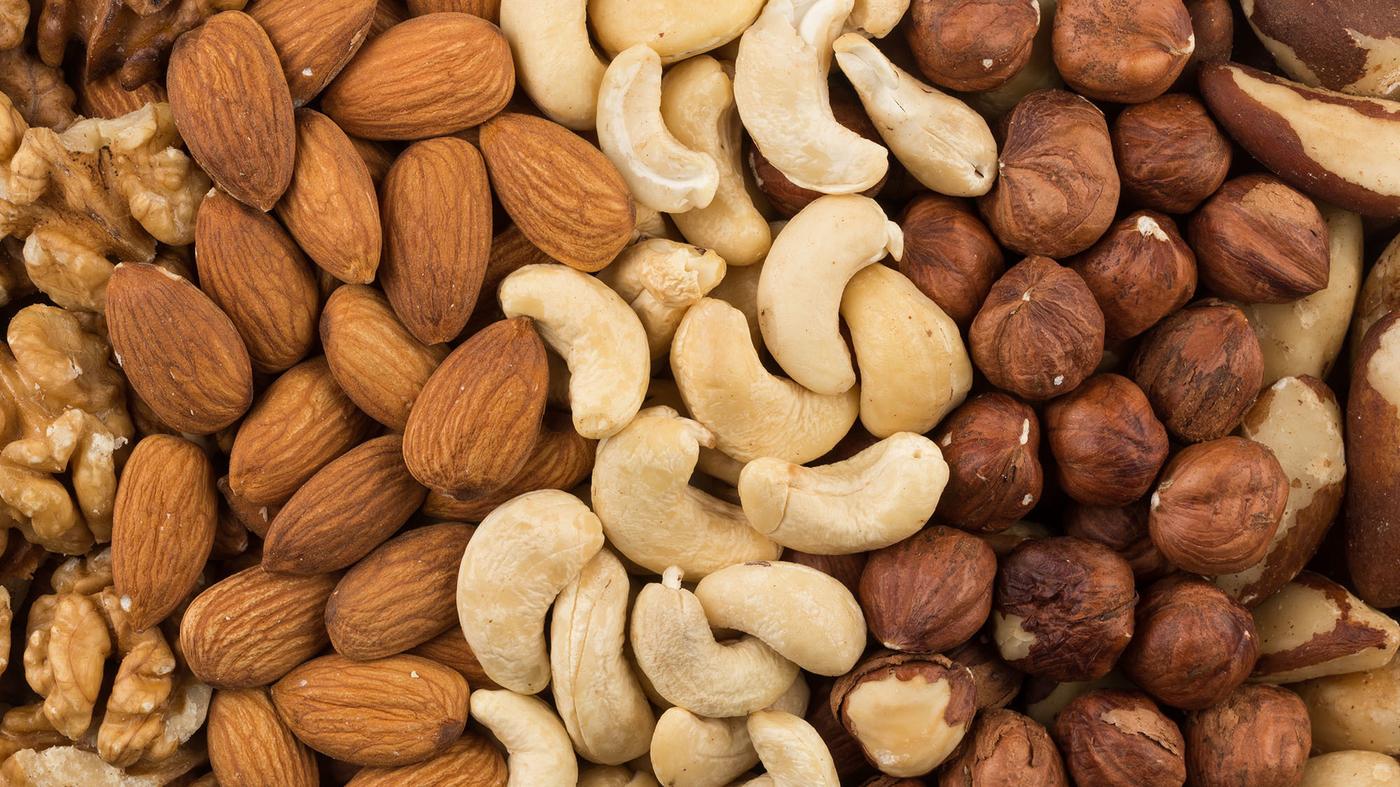
Dried fruits with hard shells protecting edible seeds. A wide variety includes walnuts, almonds, pecans, and cashews with diverse flavors and uses.
Origin: Various origins across global regions depending on specific nut type.
Health Benefits: Excellent sources of healthy fats, protein, fiber, and micronutrients.
Fun Fact: Botanically, many “nuts” aren’t true nuts but seeds or drupes.
Summing It Up
The “N” Section of Nature’s Fruit Basket Reveals an Astonishing Diversity, from Everyday Supermarket Finds to Rare Botanical Treasures.
These Fruits Represent a Global Tapestry of Flavors, Textures, and Nutritional Profiles. From Vitamin C Powerhouses Like Navel Oranges to Protein-Rich Nelumbo Seeds, Each Offering Provides Unique Health Advantages.
Many Remain Integral to Traditional Medicine Systems Across Cultures. What’s Particularly Intriguing Is how These Fruits Adapt to Dramatically Different Environments—from the Desert-Thriving Nopales to The Brackish-Water Nipa Palm.
If You Are a Curious Food Enthusiast, These Fruits Demonstrate Nature’s Remarkable Creativity, Even Within a Single Letter of The Alphabet.
The next time you encounter an unfamiliar “N” fruit, remember: there’s a whole world of unfound flavors waiting.
If you’re interested in more informative education & learning content, feel free to click here and explore other blogs that you might enjoy!

